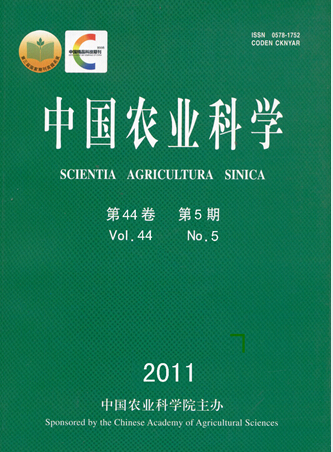【Objective】China’s seed industry is confronted with severe challenges, particularly, the establishment of crop seed quality standards is a key issue of this kind of technology industry. The objective of this paper is to explore new four rank quality standards by comparing international seed quality standards with standards in China.【Method】According to the development of Chinese seed industry, views of China’s seed quality standard were constructed by comparing those standards in 122 important international organizations and developed countries with the current standards of 13 corresponding crops in China, and analyzing their similarities and differences. 【Result】 There are two differences: One is the system of seed ranks. Seed classifications of China’s current grain, cotton, oil seeds and potato tubers quality standards were diversified, including two ranks, three ranks and four ranks. But there just were four ranks in developed countries. The other is the factor index systems of seed quality. The factors index of seed quality of grain, cotton, and oil seeds in developed countries include pure seed, inert matter, total other crop seeds, other varieties, other species, weed seeds, noxious and (or) harmful weed seeds, moisture, germination, etc. The disease index should be highlighted in the potato tubers. There were four indexes including purity, clarity, moisture, germination in the grain, cotton, and oil seeds and purity, irregular of tubers, uniformity of tubers, meantime lacked necessary disease indexes in the potato tubers in China. Two basic principles of establishment of the system of seed quality standards are formed: firstly, the systems of seed ranks should be reasonable and the breeders’ seeds should serve as provenances for repeated reproduction and restricted generation reproduction to maintain excellent varieties; secondly, it is necessary to improve the ample degree of the system of factors index that not only reflects the requirements of China’s modern seeds production, but also integrates with the international advanced technology to ensure production of high-quality seeds and brand of commodity seeds. A new exploring scheme of seed quality standard system was suggested.【Conclusion】China’s main crops’ seed quality standards should be unified both seed ranks systems and factor index systems to establish the foundation of China’s domestic and foreign brands of commodity seeds.









